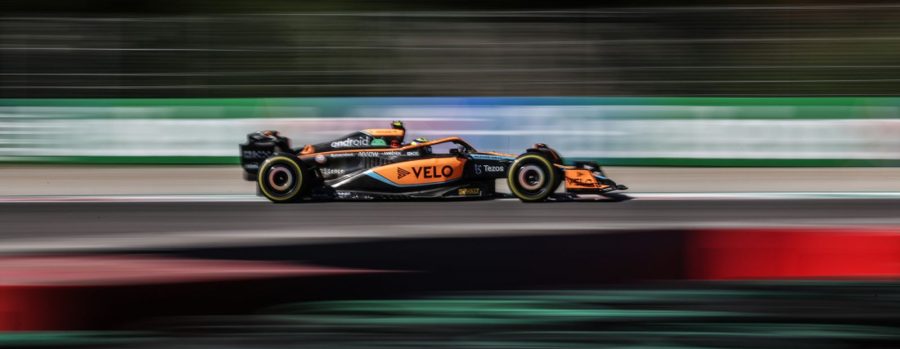The race to manufacture consent is happening covertly in the fast-paced world of Formula One racing, where split-second judgements can be the difference between victory and defeat. Similar to how media theorist Noam Chomsky investigated the idea in the context of politics, the Formula One world offers a fascinating lens through which to investigate the delicate art of influencing public opinion.
In Formula One at its core, manufacturing consent essentially entails crafting a story that shapes the way fans and spectators perceive teams, drivers and the sport itself. Teams and organisers use a variety of overt and covert tactics to shape perceptions regarding the teams and maintain a delicate balance between entertainment as well as competition
One of the primary tools in this arsenal is storytelling. Every team has its own narrative, carefully crafted to elicit emotional responses from fans. These tales, whether it’s an underdog team striving against financial odds or a dominant powerhouse aiming for continued success, these stories shape the way fans connect with the sport. The narratives are not only built around on-track performance, the storylines also explore into the personal lives and hardships of the drivers, creating a deeper emotional bond between the audience and the racing personalities.
Team alliances and rivalries further contribute to the drama. By emphasizing conflicts or partnerships between teams and drivers, the Formula One ecosystem manufactures a sense of urgency and intensity that keeps fans engaged throughout the season. This strategic storytelling ensures that even the off-track drama becomes an integral part of the spectacle, generating headlines and fueling discussions.
However, the orchestration of consent extends beyond the stories told to the media. The design of the race calendar itself plays a pivotal role. By strategically placing races in different regions, Formula One creates a global narrative that captures the attention of diverse audiences. The spectacle of iconic tracks and the allure of exotic locations contribute to the sport’s mystique, making it a truly international affair.
In the pursuit of technological innovation, it serves as an extra dimension to that of the manufacturing of consent. The high levels of financial investment poured in by all ten teams on the grid into vital research and development showcases the cutting-edge technology on hand that has evolved drastically in recent years that not only enhances the performance of the car but also projects the image of progress and sophistication. The new era of hybrid power units and the increased focus on making Formula One a more sustainable sport aligns it with current contemporary concerns, portraying Formula One as an industry that is forward-thinking. This concept has been used in the English Premier League with some game weeks being focused as a carbon-neutral weekend, first used in December of 2021, named Game Zero by Sky Sports. It has since been a seasonal goal for all 20 partaking teams to meet goals in the battle against climate change.
The sport’s vast social media network has created has become vital in this narrative construction. The usage of platforms such as YouTube and X (formerly Twitter) allows for both teams and drivers to offer insights into aspects such as their lives and behind-the-scenes glimpses of what happens off the track. This interaction that forms a direct connection between the drivers/teams and the fans creates a sense of community within Formula One, as there is now a personal connection the fans have thus enhancing the emotional aspect the fans will now have.
Nevertheless, there is a fine line that sits between the concept of manufacturing consent and the preservation of authenticity in Formula One that must be navigated extremely carefully. If the current existing narrative deviates too far from its original view, it becomes a factor that can alienate the fans from valuing the unpredictable nature of Formula One and motorsport.
In conclusion, the Grand Prix of Manufacturing Consent in Formula One is a venture that blends storyline, engineering, strategy, and innovation all into one idea. As Formula One continues its path of being a constantly evolving body, so will the methods of captivating the global audience. Whether it is through the high-octane action on the circuits or the drama behind the pit wall, Formula One’s need to manufacture consent will remain a fundamental and absorbing aspect of the race to the podium.


You used Formula One racing as an example of how manufacturing consent is being run. It’s fantastic. In your post, you say that Formula One uses manufacturing consent to control the emotions of fans. This is a great point. I think you could have introduced the concept of manufactured consent in more detail before the example to allow the reader to understand manufacturing consent in the context of your example.
This is a fantastic blog post on the topic of “manufacturing consent” in Formula One! It’s a fascinating and original application of the concept, and you do a great job of exploring the various tactics used by teams and organizers to shape public opinion.